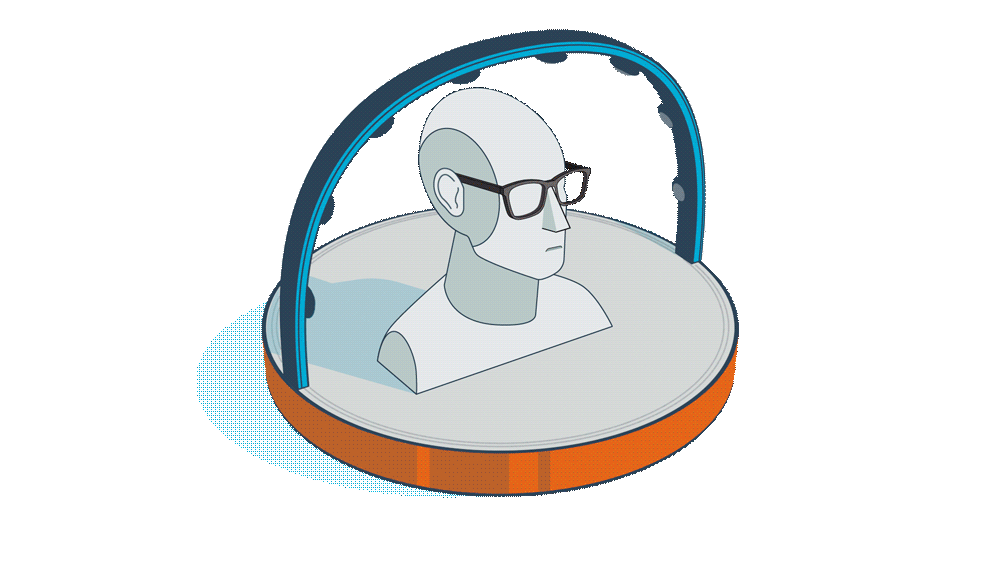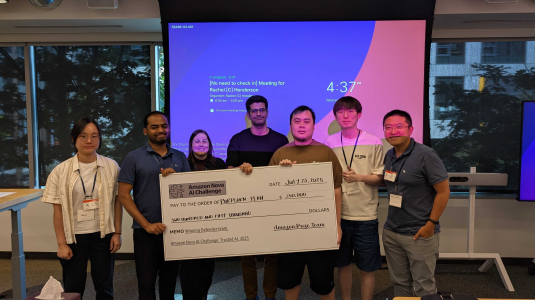Customer-obsessed science


Research areas
-
August 8, 2025A new philosophy for developing LLM architectures reduces energy requirements, speeds up runtime, and preserves pretrained-model performance.
Featured news
-
ACM Transactions on Recommender Systems2024Offline data-driven evaluation is considered a low-cost and more accessible alternative to the online empirical method of assessing the quality of recommender systems. Despite their popularity and effectiveness, most data-driven approaches are unsuitable for evaluating interactive recommender systems. In this paper, we attempt to address this issue by simulating the user interactions with the system as
-
ANNSIM 20242024This paper proposes a novel integration of simulation, machine learning and mathematical optimization to design a delivery network of autonomous delivery vehicles (ADVs). To obtain the desired scalability, the model is pre-solved using k-means clustering to batch orders based on proximity, then Capacitated Vehicle Routing Problem (CVRP) and Facility Location (FL) models are used to minimize the ADVs’ total
-
SAE World Congress 20242024This paper discusses an emerging area of applying machine learning (ML) methods to augment traditional Computational Fluid Dynamics (CFD) simulations of road vehicle aerodynamics. ML methods have the potential to both reduce the computational effort to predict a new geometry or car condition and to explore a greater number of design parameters with the same computational budget. Similar to traditional CFD
-
2024Large Language Models (LLMs) operating in 0-shot or few-shot settings achieve competitive results in Text Classification tasks. In-Context Learning (ICL) typically achieves better accuracy than the 0-shot setting, but it pays in terms of efficiency, due to the longer input prompt. In this paper, we propose a strategy to make LLMs as efficient as 0-shot text classifiers, while getting comparable or better
-
2024When customers search online for a product they are not familiar with, their needs are often expressed through subjective product attributes, such as “picture quality” for a TV or “easy to clean” for a sofa. In contrast, the product catalog in online stores includes objective attributes such as “screen resolution” or “material”. In this work, we aim to find a link between the objective product catalog and
Academia
View allWhether you're a faculty member or student, there are number of ways you can engage with Amazon.
View all






























